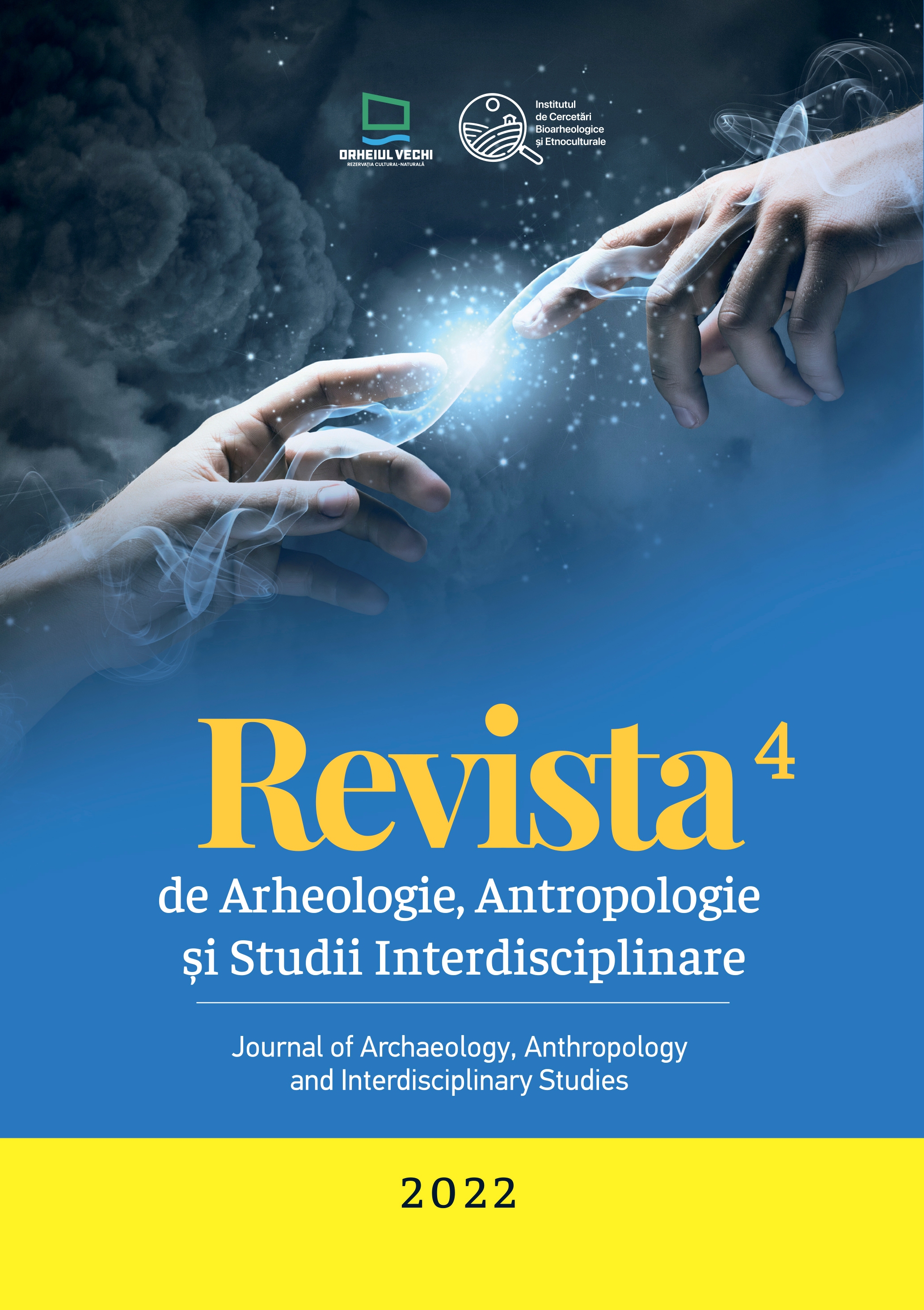Modificarea formei capului/craniului în Caucazul de Sud și Orientul Apropiat în perioada târzie a epocii br onzului – perioada timpurie a epocii fierului. Date arheologice și antropologice
Changing the shape of the head/skull in the Southern Caucasus and the Middle East in the Late Bronze Age and Early Iron Age. Archaeological and anthropological data
Author(s): Dmitriy A. Kirichenko, Angela SimalcsikSubject(s): History, Archaeology, Ancient World
Published by: Bons Offices – Casa Editorial-Poligrafică
Keywords: South Caucasus; Middle East; artificial head/cranial deformation; Late Bronze Age; Hallstatt;
Summary/Abstract: The paper is based on the study of skulls with traces of artificial deformation discovered in archaeological sites in Azerbaijan, Turkiye, Israel, Syria, Armenia, Cyprus and Iran. What we set out to do is a pioneering attempt to bring together in one study all the discoveries regarding artificially deformed skulls in this area, from the second half of the second millennium to the first half of the first millennium BC, known so far in the literature. The aimed archaeological sites are: Khudutepe (Azerbaijan); Gokcha Lake District (Lake Sevan, Armenia); Kumru Tarlasy/ Zeviya Tivikli, Yassıhuyuk/Gordion (Turkiye); Lachish/Lachish/Tell ed-Duweir (Israel); Ras Shamra/Ugarit, Minet el-Beida/White Harbor (Syria); Melia, Bamboula, Enkomi, Pendaya Mandres, Akhera Chiflik Paradisi, Kition, Hala Sultan Tekke, Palaeopaphos Skales, Lapithos Ayia Anastasia (Cyprus); Tepe Sialk (Iran). We also present some archaeological data for each site/feature where artificially deformed skulls were discovered. In addition, the article presents other synchronous cases of modification of the shape of the skull/head from the populations of the “Old World”. The following types of artificial cranial deformation were found: circular/annular, frontal-occipital and parietal (“Cypriot”). In the Late Bronze Age and Early Iron Age, the island of Cyprus is considered the centre/core of the custom of artificial deformation. From here, this tradition most likely penetrated mainland Greece and the island of Crete. In the Caucasus region and the Middle East, not many discoveries dated in this chronological interval are reported; they are either proof of the perpetuation of the customs of the previous era, or they arose as a result of population migrations.
Journal: Revista de Arheologie, Antropologie și Studii Interdisciplinare
- Issue Year: 4/2022
- Issue No: 1
- Page Range: 213-255
- Page Count: 43
- Language: Romanian

